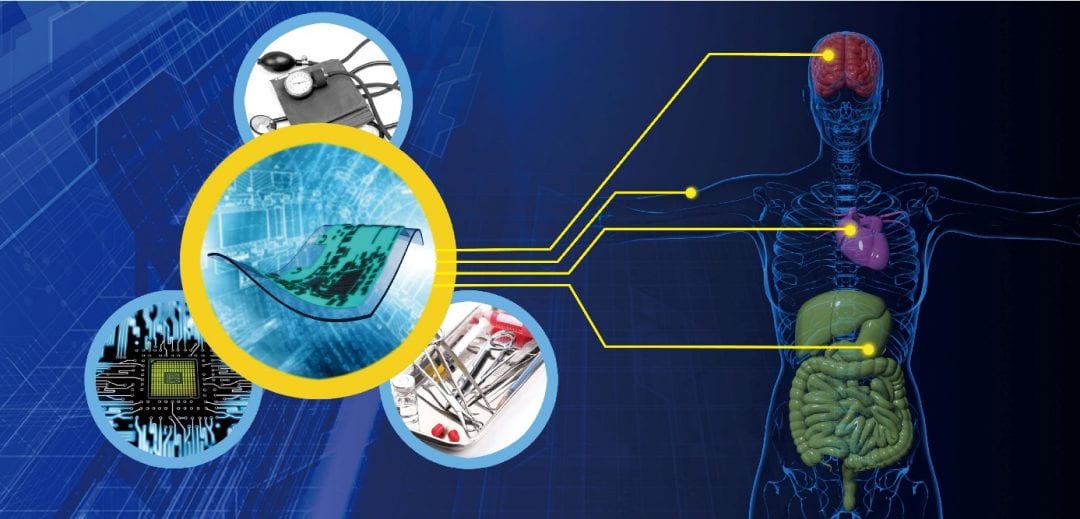What Is Dynamic Key Generation

Instead dynamic working is designed to be all-inclusive and open to everyone – otherwise it wouldn’t be dynamic! Regardless of when an employee joined a firm, how old they are, what discipline they work within or their level of seniority, dynamic working should cover all. No one size fits all for flexibility. Usage of an artistic technique for transforming the readable information into unreadable form of the information, referred as encryption and the vice verse, referred as decryption are collectively represented as cryptography. In this paper, the. Dynamic keyword insertion (DKI) is a feature offered by Google AdWords and other ad networks which allows you to customize an ad to a searcher's search query. In this tutorial you'll learn all the ins and outs of dynamic keyword insertion. Usage of an artistic technique for transforming the readable information into unreadable form of the information, referred as encryption and the vice verse, referred as decryption are collectively represented as cryptography. In this paper, the. Generation Z (also known as Post-Millennials, the iGeneration, Founders, Plurals, or the Homeland Generation) is the demographic cohort following the Millennials. The difference between the two is important to know in order to prepare your business, shift marketing, adjust leadership, and adapt recruiting efforts to stay relevant for the future.
Key generators are constructed using one of the getInstance class methods of this class.
KeyGenerator objects are reusable, i.e., after a key has been generated, the same KeyGenerator object can be re-used to generate further keys.

There are two ways to generate a key: in an algorithm-independent manner, and in an algorithm-specific manner. The only difference between the two is the initialization of the object:
What Is Dynamic Key Generation Model
- Algorithm-Independent Initialization
All key generators share the concepts of a keysize and a source of randomness. There is an
initmethod in this KeyGenerator class that takes these two universally shared types of arguments. There is also one that takes just akeysizeargument, and uses the SecureRandom implementation of the highest-priority installed provider as the source of randomness (or a system-provided source of randomness if none of the installed providers supply a SecureRandom implementation), and one that takes just a source of randomness.Since no other parameters are specified when you call the above algorithm-independent
initmethods, it is up to the provider what to do about the algorithm-specific parameters (if any) to be associated with each of the keys. - Algorithm-Specific Initialization
For situations where a set of algorithm-specific parameters already exists, there are two
initmethods that have anAlgorithmParameterSpecargument. One also has aSecureRandomargument, while the other uses the SecureRandom implementation of the highest-priority installed provider as the source of randomness (or a system-provided source of randomness if none of the installed providers supply a SecureRandom implementation).
In case the client does not explicitly initialize the KeyGenerator (via a call to an init method), each provider must supply (and document) a default initialization.
What Is Dynamic Key Generation Computer
Every implementation of the Java platform is required to support the following standard KeyGenerator algorithms with the keysizes in parentheses:
What Is Dynamic Key Generation 10
- AES (128)
- DES (56)
- DESede (168)
- HmacSHA1
- HmacSHA256